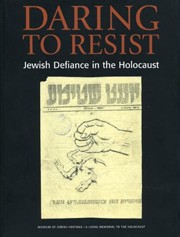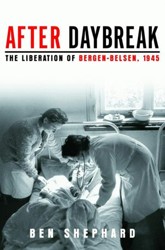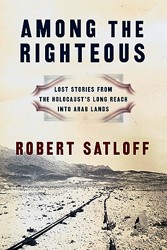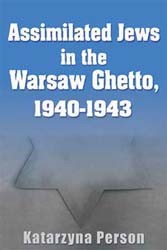Historian Jeremy Black argues that there is a need for another single volume history of the Holocaust because there are continuing and intensifying efforts to deny its historicity and scope. This is a questionable assertion given the steady stream of excellent scholarly books that continue to be published by noted scholars like Timothy Snyder, Doris Bergen, Gotz Aly, Alan Confino and countless others.
Nevertheless, there are some important contributions to our understanding of the Holocaust that make this a worthy if not exceptional book. However deranged and evil Hitler’s determination to rid Europe of Jews, Jewish ideas and values, it was central to his ultimate goal of establishing a new beginning, a radical break with the past. The Nazi quest to exterminate the Jews was driven by the desire to control memory and history. Racist ideology was certainly a part of it, but so was the need to extirpate the memory of the Jew as the possessor of origins, as the symbol of modernity and ultimately as the symbol of Western values.
The majority of German people may not have willingly supported the Nazi party and its aims, but once the deportations to the east began, and probably earlier, the German people certainly knew what was occurring, were essentially actively indifferent or worse, and were aware of the genocide around them.
Taking issue with a generation of scholars who essentially wanted to separate the professional army, the Wehrmacht, from the killing operations, Black demonstrates that the army, as well as the police and judiciary, were much more actively involved in atrocities than most scholars and the German postwar public were willing to acknowledge. After Germany invaded the Soviet Union in June 1941, the extermination of the Jews became a major war aim: probably two million were killed by shooting carried out with the help of the Wehrmacht and collaborators long before the extermination camps were built. Black, like Patrick Desbois, emphasizes the centrality of the ”Holocaust by bullets.”
The Shoah, compared to other twentieth-century genocides, was unique in its global scope and ambitions. In the final chapter, Black describes and analyzes the various ways the Holocaust has been remembered and memorialized (or not remembered), in Germany, the United Kingdom, the United States, and Eastern Europe. This is an impressive and important treatment as he shows how the contested memories of the Holocaust are not inconsequential and continue to have an impact on defining Western culture.
These are among the more important contributions of this useful one-volume history of the Shoah and its representation and memorialization. It is possible to argue with some of his assertions, but Black has produced a balanced and precise work that is true to the scholarship, comprehensive yet not overwhelming, clearly written and beneficial for the expert and informed public alike.





